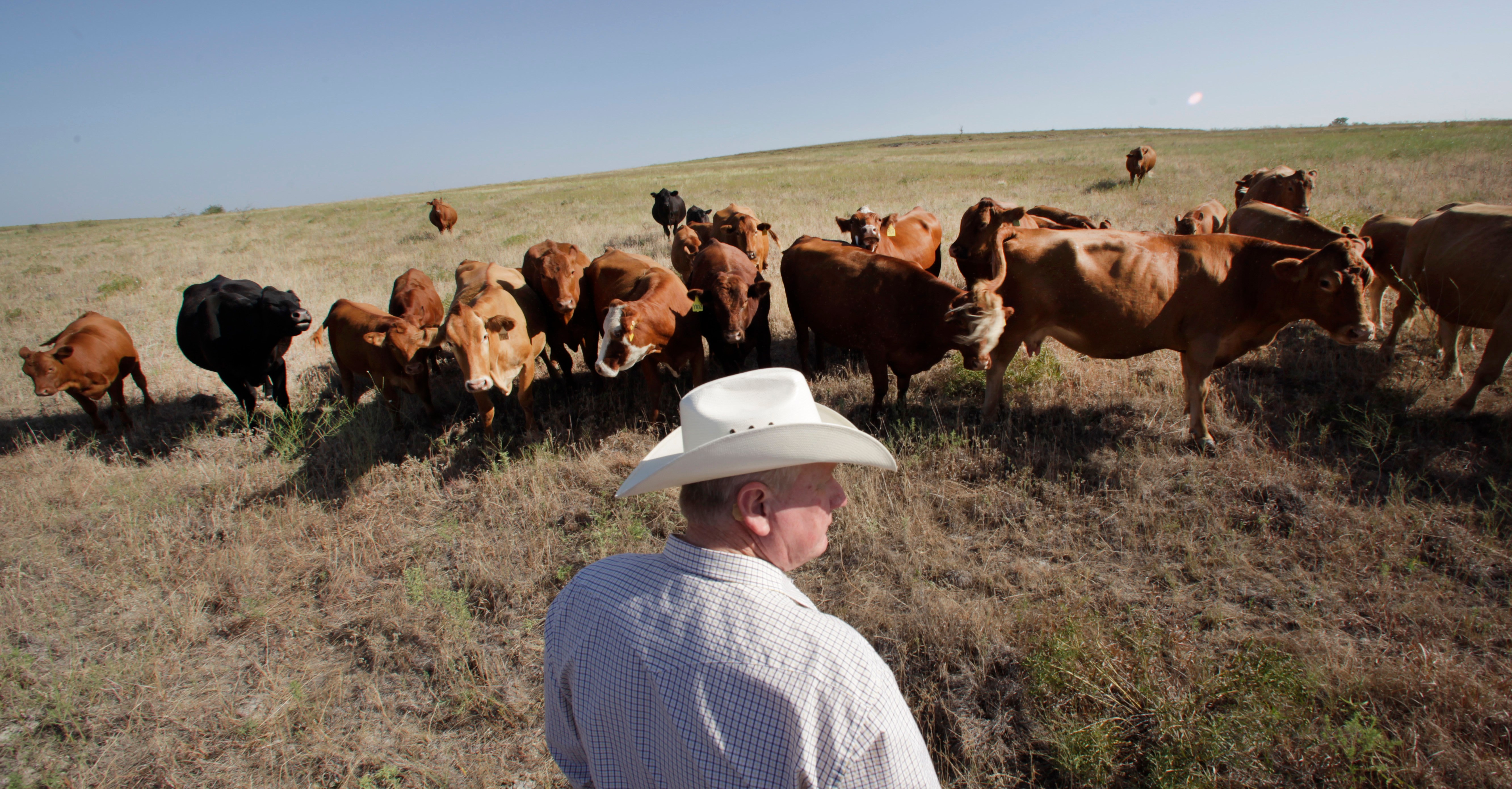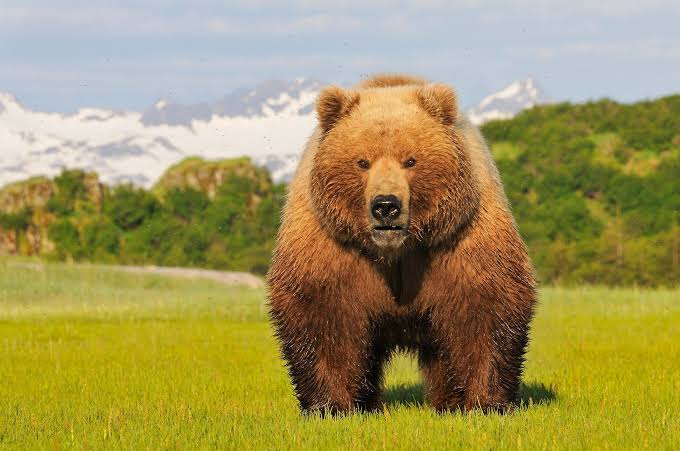- cross-posted to:
- earthlingliberationnotes@lemmy.world
- cross-posted to:
- earthlingliberationnotes@lemmy.world
This is the best summary I could come up with:
“The problems are huge, sprawling, and major,” said Erik Molvar, a wildlife biologist and executive director of the Western Watersheds Project (WWP), the group that sued numerous federal agencies for failing to preserve the habitat of the Mojave desert tortoise and 77 other species.
WWP alleges that for decades, the US Bureau of Land Management (BLM) and other agencies have violated an agreement they signed in 2001 that forbids cattle grazing in a part of Nevada’s Gold Butte National Monument in order to protect the desert tortoise, whose population has plunged since the 1980s.
The permitting program is costing the federal government tens of millions of dollars annually to administer, all while giving cattle ranchers a deep discount on public lands.
Even worse, the federal government spends millions annually on its “Wildlife Services” division, which kills wild animals it deems a threat to grazing livestock.
The programs that subsidize the beef industry represent some of the most striking examples of America’s tradition of “agricultural exceptionalism” — giving farmers and ranchers special treatment, like sweeping exemptions from critical environmental, labor, and animal welfare laws.
Agribusiness also benefits from getting large swathes of the West to itself, illustrating a simple fact of land use in America: Contrary to the famous Woody Guthrie song, much of it isn’t for you and me — it’s for the meat industry.
The original article contains 1,123 words, the summary contains 225 words. Saved 80%. I’m a bot and I’m open source!
Unless fake or lab meat is cheaper or just as expensive, this won’t change. Except maybe if costs go higher than what is considered profitable.
deleted by creator
Most of the US is empty and fertile unlike other parts of the world, land use is not really the biggest issue with meat farming
Empty… to humans but not to native species that living there. Grazing still affects those ecosystems there. From the article
As the cattle graze, they tend to disrupt ecosystems and do a lot of damage to the land. They eat or destroy plants consumed by native species, like turtles, which can lead to biodiversity loss. Their manure pollutes rivers and streams, and as they move about, they erode soil.
[…] analyzed decades of BLM data and found that about half of the acreage it oversees that has been assessed fails to meet the agency’s own land health standards (in Nevada, it’s an alarming 83 percent). PEER points to livestock grazing as the primary source of land degradation.
There’s an opportunity cost in using all that land. If we let land go back to its natural state we can sequester quite large amounts of carbon
A 2020 study published in the journal Nature Sustainability highlights the immense environmental potential of changing how we farm and eat. Researchers found that if all high-income countries shifted to a plant-based diet from 2015 to 2050, they’d free up enough land to sequester 32 gigatons of carbon dioxide — the equivalent of removing nine years of all those countries’ fossil fuel emissions from the atmosphere. Globally, if we shifted to plant-based diets over that same time period, the land saved could sequester the equivalent of 16 years of global fossil fuel emissions.
What’s the environmental cost of growing all that soy, corn and oats for an US wide vegetarian diet?
From the article
But not all agriculture is equally land-intensive. Meat-heavy diets require far more land than low-meat and vegetarian diets.
But not only that it also requires crop land for plant-based diets. From a different source
If everyone shifted to a plant-based diet we would reduce global land use for agriculture by 75%.
[…]
If we would shift towards a more plant-based diet we don’t only need less agricultural land overall, we also need less cropland.
A lot less than farming meat which requires all the cost of growing that and ensuring the animals are fed and watered until slaughtering.
Because America is so short of land…
High land use harm native species and has great environmental consequences as described in the article
There’s more to consider than just how much land is available to humans
What a stupid and annoying title, trying to imply that I am on some team that is not the “meat industry” team. I eat meat and I have nothing against ranching.
What?
That’s mainly because you can raise livestock/ruminants on non arable land. But the idea that ranchers should be able to just use any land without proper consideration for the environment is crazy.
My responses to that are:
-
What counts as arable? Can you grow literally nothing on it, or is it just unusable for mass industrial mono-cropping at a scale that competes?
-
IIRC even if ruminant grazing is the most efficient way to produce food on this land, it’s still be a severe environmental net negative as opposed to other non-food uses, namely rewilding. Of course this is true for cash crops as well, and I don’t know how the payoff compares, but a lot of animal agriculture defenders like to use this argument to imply that grazers can just be slotted in on the margins with no downside.
-
Based on the map in the article, a substantial portion of land still goes to farmed livestock feed. Eliminate all of that first and then we can actually see how much of this beef is purely ranched.
Meat eaters do love to champion the most ethical and environmental corners of their supply chain, and I appreciate that, but everyone I know that buys a half cow for their deep freezer from a sustainable local farmer refuses to draw the hard line in the fast food drive-thru. “Conscious” meat exists to justify all meat consumption rather than replace it in the supply chain, from my experience growing up on a small hobby farm trying to produce it.
I wish there was a conscious meat fast food option.
-
I agree, the meat industry should be nationalized along with agriculture and the energy sector.



